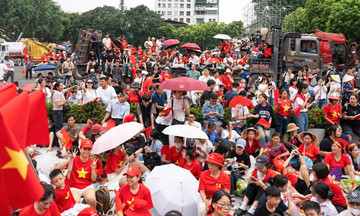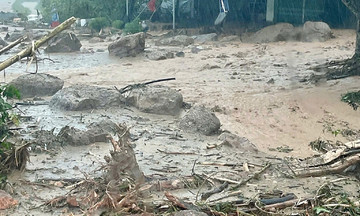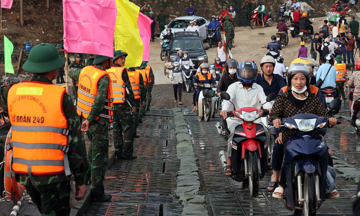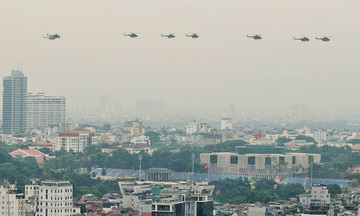Resolution 212, issued by the Government, addresses obstacles hindering two build-transfer (BT) investment projects in Ho Chi Minh City. These projects are the first phase of the city's tide prevention project, which considers climate change factors, and a 2.7 km section of Ring Road 2, extending from Pham Van Dong Street to the Go Dua intersection (formerly Thu Duc City).
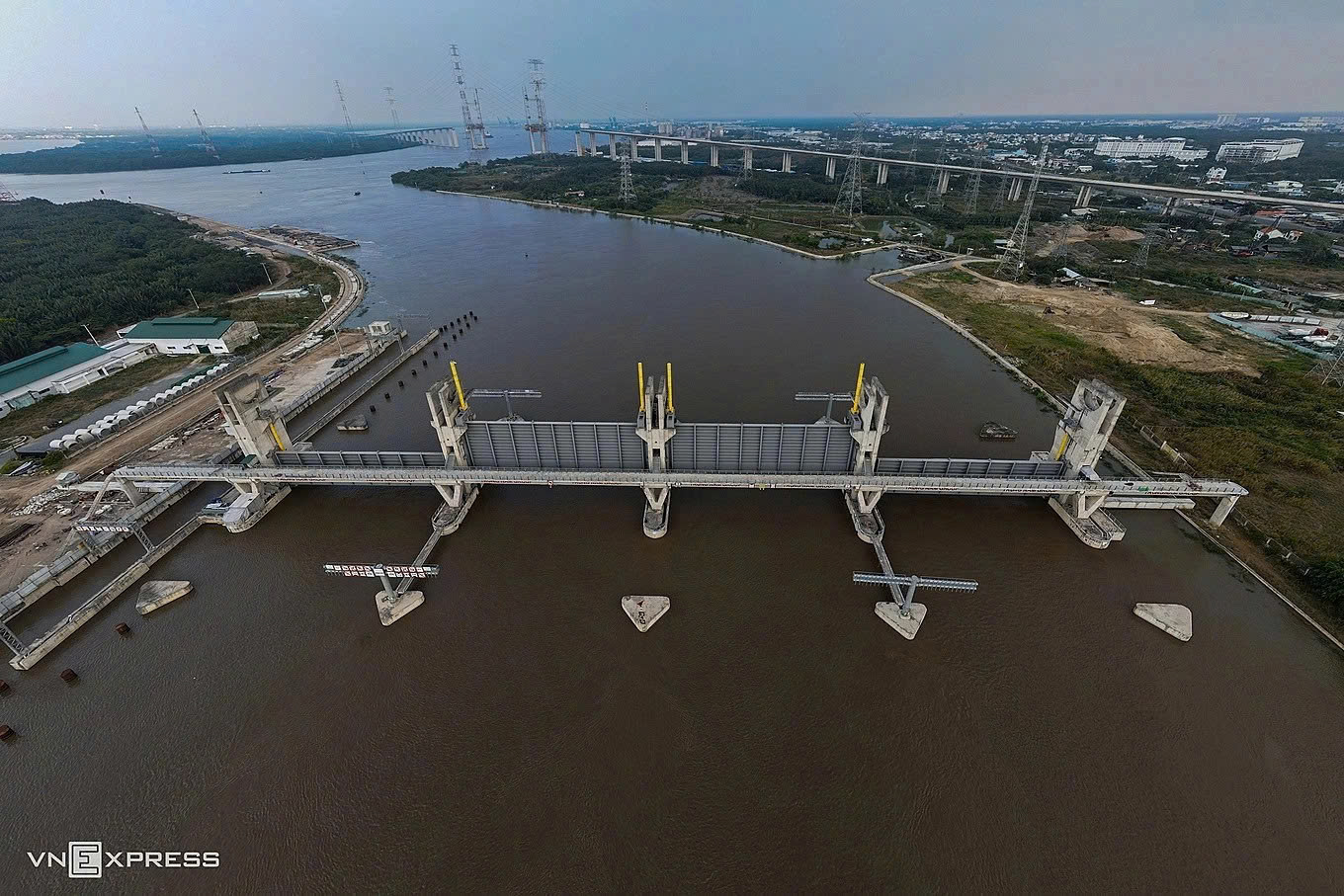 |
Muong Chuoi Sluice - one of the large tide prevention sluices in the 10,000 billion VND flood control project. Photo: *Thanh Tung* |
With a total investment of nearly 10,000 billion VND, the tide prevention project, undertaken by Trung Nam Group, began in 2016. Initially planned for completion within two years, the project aims to control tidal flooding and address climate change for over 570 square kilometers, benefiting 6.5 million residents along the Saigon River and in central Ho Chi Minh City. Despite being over 90% complete, legal and payment issues have stalled the project for years.
Similarly, the Ring Road 2 section, with a total investment of over 2,700 billion VND, has been delayed for years due to land acquisition and payment procedures for the investor, Van Phu Bac Ai Joint Stock Company. Started in 2017, the project was initially scheduled for completion within three years but has been halted since 2020 at about 44% completion.
Resolution 212 authorizes the Ho Chi Minh City People's Committee (UBND) to prepare, appraise, and adjust feasibility studies for both BT projects. For the tide prevention project, the city can compensate the investor with land. If the land value is less than the project's reviewed and adjusted value (excluding unreasonable costs), the difference will be paid from the city's public investment funds. The city is responsible for determining the land price and land use fees for the designated compensation areas.
 |
The Ring Road 2 construction site lies deserted after years of inactivity. Photo: *Giang Anh* |
The State Audit Office of Vietnam will audit both projects to establish a basis for payment and settlement of construction capital, ensuring a balance between state and investor interests, as well as efficient capital utilization for timely project operation.
The Government's resolution emphasizes the need for effective solutions to address bottlenecks, prevent waste, and avoid losses. Each administrative level is responsible for resolving project-related difficulties within its jurisdiction. The resolution also mandates timely, feasible solutions that comply with regulations and align with practical considerations.
Giang Anh








